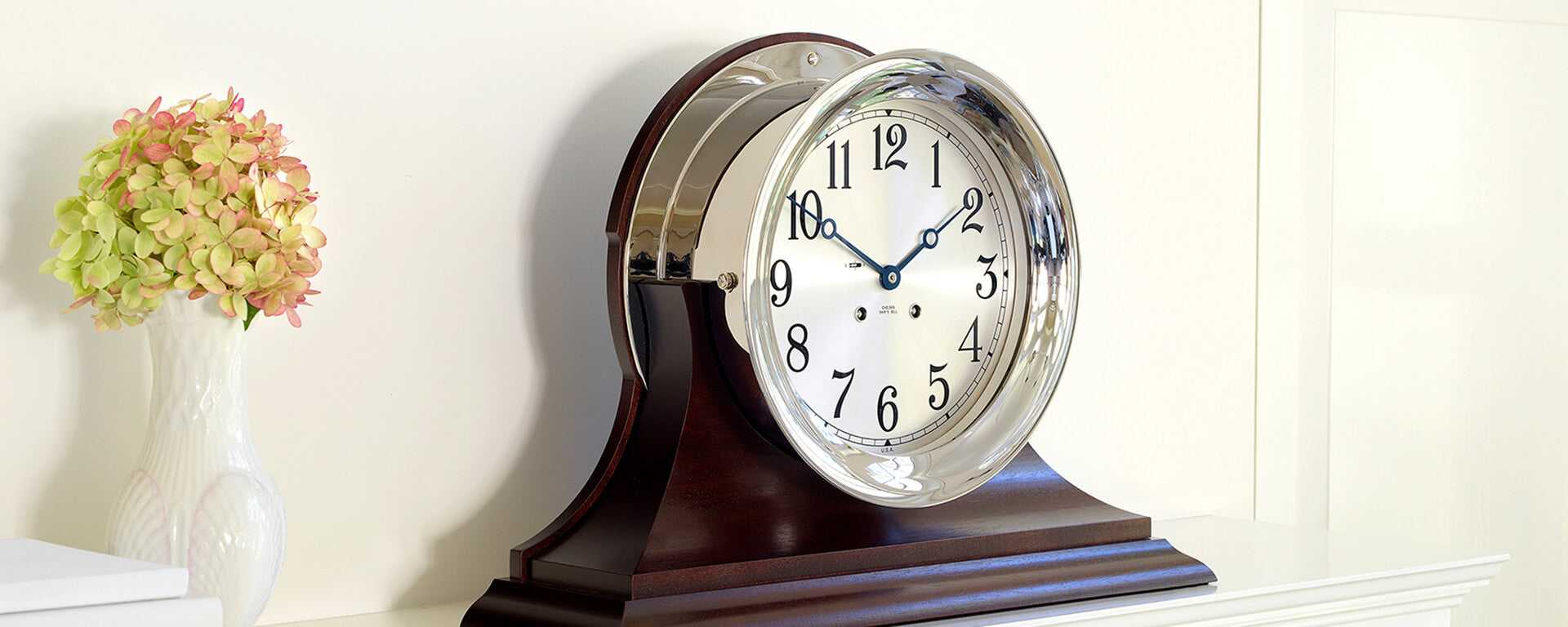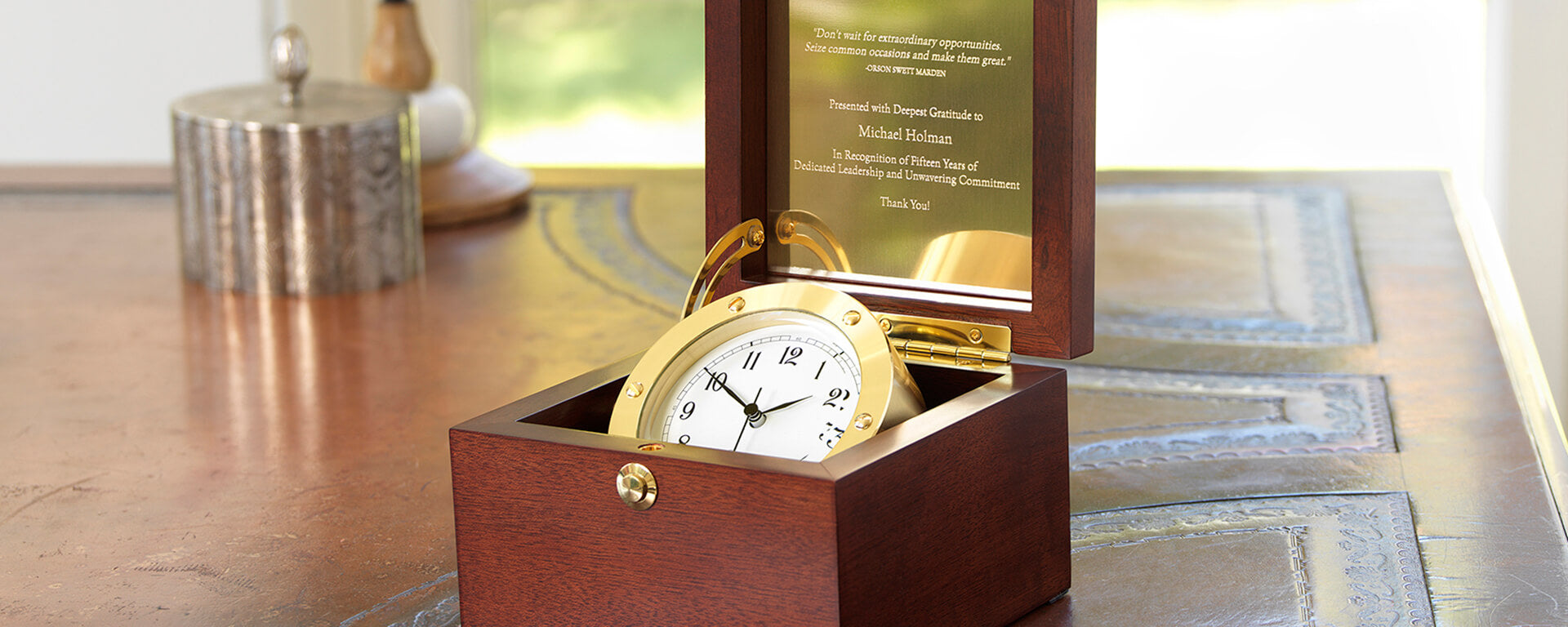Why Daylight Saving Time?
 It's time to spring ahead! Daylight Saving is upon us once again (clocks move ahead an hour Sunday at 2 am) which means we can expect longer days as we sail into the warmer weather. While the very concept of moving clocks forward and back has been controversial for many years, DST is of course intended to help us make better use of daylight.
It's time to spring ahead! Daylight Saving is upon us once again (clocks move ahead an hour Sunday at 2 am) which means we can expect longer days as we sail into the warmer weather. While the very concept of moving clocks forward and back has been controversial for many years, DST is of course intended to help us make better use of daylight.
Benjamin Franklin is often credited with introducing the idea in 1784, while serving as ambassador to France. After being awoken by bright sunlight one morning at 6 am, he penned the satirical essay "An Economical Project" (published in April in the Journal de Paris) in which he hypothesized that by waking up at dawn, Parisians (notorious night owls) could save the modern-day equivalent of $200 million through "the economy of sunshine instead of candles."
Two decades later, British builder William Willett produced a pamphlet entitled "Waste of Daylight," advocating for clock forwarding in 20-minute increments each Sunday in April followed by 20-minute rewinds each Sunday in September. Then, towards the end of WWI, the Standard Time Act was established, implementing both standard time and daylight saving time in the United States.
Contrary to popular belief, American farmers did not champion daylight saving in order to maximize field work. The agriculture industry was actually opposed to DST when it was implemented in March 1918. Farmers’ schedules were set by the sun, not the alarm clock, and they found DST to be very disruptive— suddenly their work days were cut shorter, since workers left the farm an hour earlier for dinner: meanwhile, cows weren’t ready to be milked an hour ahead of time just because the clocks changed. Over the years retail outlets and other commercial businesses have lobbied hardest for keeping DST.
While it's possible that at one time DST did help conserve energy, recent findings suggest that's no longer the case. Environmental economist Hendrik Wolff, of the University of Washington, found that while DST helped decrease electricity use in the evenings, the spike in energy needed to offset darker mornings canceled out the evening gains. Longer days in spring and summer also means more petroleum consumption, Wolff says. "When you give Americans more light at the end of the day, they really do want to get out of the house," he told National Geographic. "And they go to ballparks, or to the mall and other places, but they don't walk there. Daylight saving reliably increases the amount of driving that Americans do, and gasoline consumption tracks up with daylight saving."
What do you think? Is Daylight Saving more trouble than it's worth? Let us know in the comment section below!








